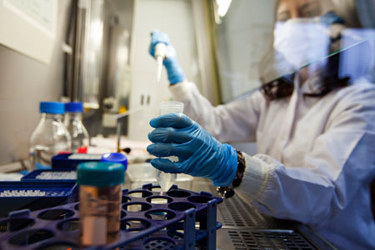Assuring Multipotency Of Human Mesenchymal Stem Cells (hMSCs)

Over the past decade, stem cell research has opened up new avenues for deeper investigation into tissue repair, aging processes, and regenerative medicine methods. Among the major players in these research endeavors are mesenchymal stem cells (MSC), also known as mesenchymal stromal cells. MSCs are typically found in bone marrow, adipose tissue, placental tissue, and umbilical cord tissue. These cells are a type of adult stem cell that reside in special microenvironments or "niches" within the body. Unlike pluripotent stem cells, such as embryonic stem cells, which can specialize into numerous cell types, MSCs are non-hematopoietic, multipotent stem cells. This means they possess a limited differentiation capacity, yielding fewer specified cell types. Consequently, regenerative medicine and biomedical research often employ human MSCs (hMSCs) in studies on connective tissue repair, immune response-based diseases, and inflammatory diseases to better understand their etiology and assess potential treatment approaches.
However, the use of hMSCs in research is not without its challenges. Like all adult stem cells, hMSC populations are found in small quantities in situ and can be technically challenging to isolate from tissue. Freshly harvested hMSC populations may also contain other, off-target cell types. Therefore, hMSCs must be purified and expanded in vitro to reach sufficient quantities for experimentation. Explore methods that help maintain hMSC culture integrity to generate good-quality, reproducible research and cell-based therapies.
Get unlimited access to:
Enter your credentials below to log in. Not yet a member of Pharmaceutical Online? Subscribe today.
